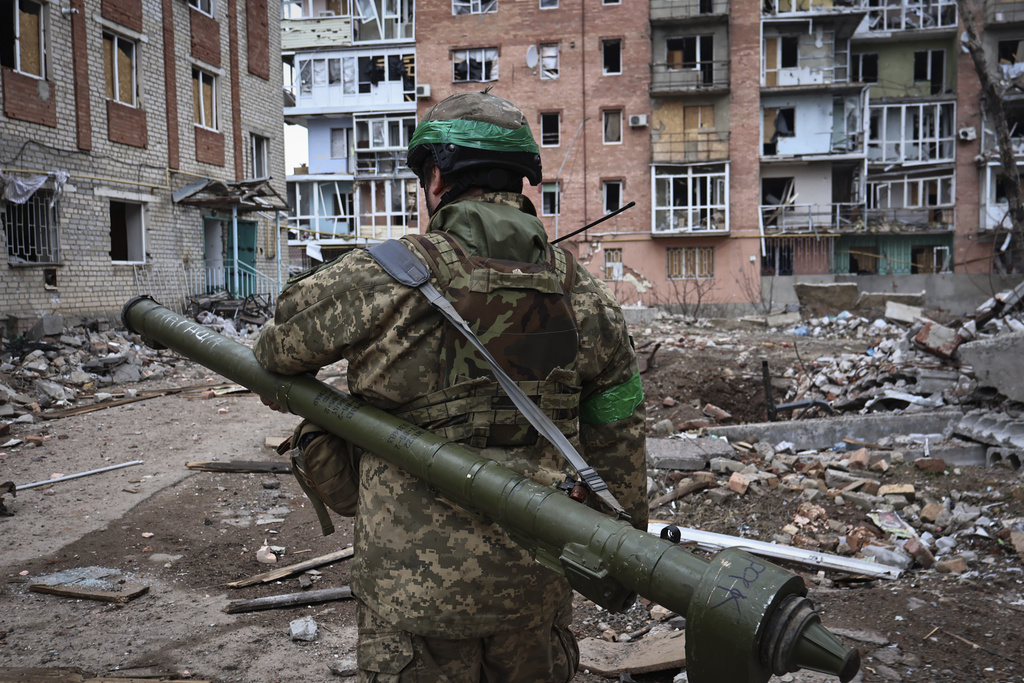If The New York Times is already writing that Ukraine is losing the war, then if I were Volodymyr Zelensky, I would be preparing for ceasefire talks with the Russians. However, the Ukrainian president is adamant he does not want to negotiate with Putin, and heaven only knows what miracle he is hoping for. His propaganda machine, of course, is confident that they will win this war anyway, if only the West gives them as many modern weapons as possible. Then, it will go like a charm.
The fact is that the Ukrainians cannot get enough help to win the war because this armed conflict, as was the case in the First and Second World Wars, will not bring success to those who have more and better trained soldiers. Instead, this is a war based on material. The side with more raw materials and industrial capacity will win.
Ukraine no longer has access to what it needs to win. Western military aid can save Ukraine from a swift and humiliating defeat for a while, but it cannot help it win. It is like keeping a patient on a ventilator, which prolongs life but does not revive the patient.
The reality is that these “miracle weapons” that Ukrainians are waiting for will not be enough to pull a country that is completely eviscerating itself back from the brink. The promised 300 modern Western tanks are not even enough to win such a protracted and territorially extensive war. (For comparison, Poland has ordered 1,000 tanks from South Korea alone). Not to mention the new tanks will not hit the battlefield all at once, but gradually.
The U.S. Abrams tanks are promised only for early 2024, and while the French are delivering from their stock immediately, the combat vehicles promised by Paris are expected to have difficulty coping with local conditions. Germany still has Leopards in stock, but there are not enough of them, even for the government in Berlin. It is true that it’s possible to train the personnel in three months — according to Zelensky, eight days is enough — but that does not mean any Ukrainian soldier will be a tank ace. And the sophisticated technology of the British Challenger tanks means that it will take longer to train a crew.
Let’s not get into the costly problems and technical challenges of operating modern Western combat equipment. Suffice it to say, the Ukrainians can only continue this war with Western assistance, while the other side, Russia, is completely self-sufficient in armaments. This also means that Moscow has at least two years of reserves left, and the West is running out of steam. It no longer has any reserves to give. To give just one typical example, the Germans wanted to buy secondhand Leopard tanks from Switzerland, which they had produced but which had been withdrawn from service in the Alpine country. However, Bern refused to comply with the request on the grounds of neutrality.
It is precisely this “mode of combat” that poses the greatest danger in this conflict. If the U.S. takes its hands off Ukraine, it will lose the war in no time, and if Washington wants to continue, and succeed, it will have to get more directly involved. Just now, news has emerged that a U.S. B-52 bomber has appeared along the Russian border, escorted by Polish fighter jets. If we began this article with a quote from The New York Times, let us also end with the same American newspaper, which is far from being accused of being pro-Russian.
The Times warns that if the United States gets involved in these military operations, it will be a belligerent party in the conflict.





